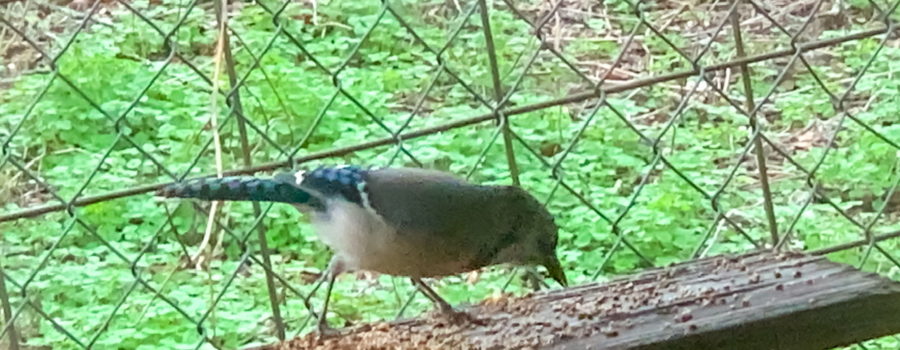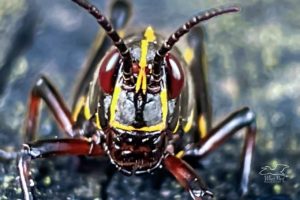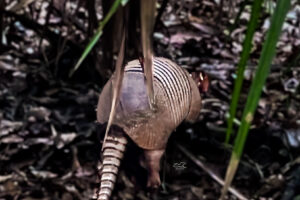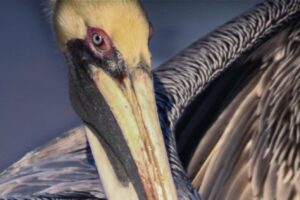Eastern Blue Jays are Beautiful Birds That Do Well Around People

One of the most well known birds in the Eastern United States and Canada is the blue jay. They have very striking blue, white, and black feathers and a loud, screeching “jay-jay” call both of which make them hard to miss. I have several pairs that live near my yard and are frequent visitors to the feeding station, helping themselves to both seeds and suet. I also see quite a bit of them in the fall when the oaks are dropping acorns (acorns seem to be a favorite. They will put the acorns on the deck or the ground and break into them by pecking at them.). In wild areas like mine, blue jays like a mixture of pine forest with oaks (describes our woods perfectly!) and other trees. They also prefer the forest not to be overly thick or overgrown (again describes us perfectly). Like many other species that are doing well, blue jays have adapted well to living closely with people. In cities they may use garages, warehouses, gardens, and parks for their homes.

Blue jays tend to live in loose family groups, and may live in an area year round or may choose to migrate away from cold climates in the winter. Not all blue jays migrate every year and why and when they migrate is not well understood. Most of our Florida blue jays tend to be year long residents, but we always get a few migrants during the winter time (kind of like people!) that will go back north when things warm up. Interestingly, they never seem to migrate any further south than the southern parts United States. At least for our year round residents, nesting season is beginning. If you watch them, you will see both the male and female blue jay carrying twigs and leaves to build the bowl shaped nests in the branches of the oak trees.

Blue jays are omnivores, and just like house sparrows they subsist mainly on seeds, nuts, fruit, acorns, and insects. They are also known to occasionally eat carrion, frogs, small rodents, and even the eggs and young of other birds. That unpleasant aspect of blue jay behavior has gotten them labeled as aggressive birds, but actually they tend to be submissive to many other birds including crows, woodpeckers, Florida scrub jays, and grackles. They will aggressively defend their nests, though. They have been known to run off other larger and more aggressive birds and even squirrels that get too close to nesting sites. Both the male and the female will incubate the eggs, feed the nestlings, and defend the nest site. Do you live in an area with blue jays? How do yours interact with the other birds?





Recent Comments